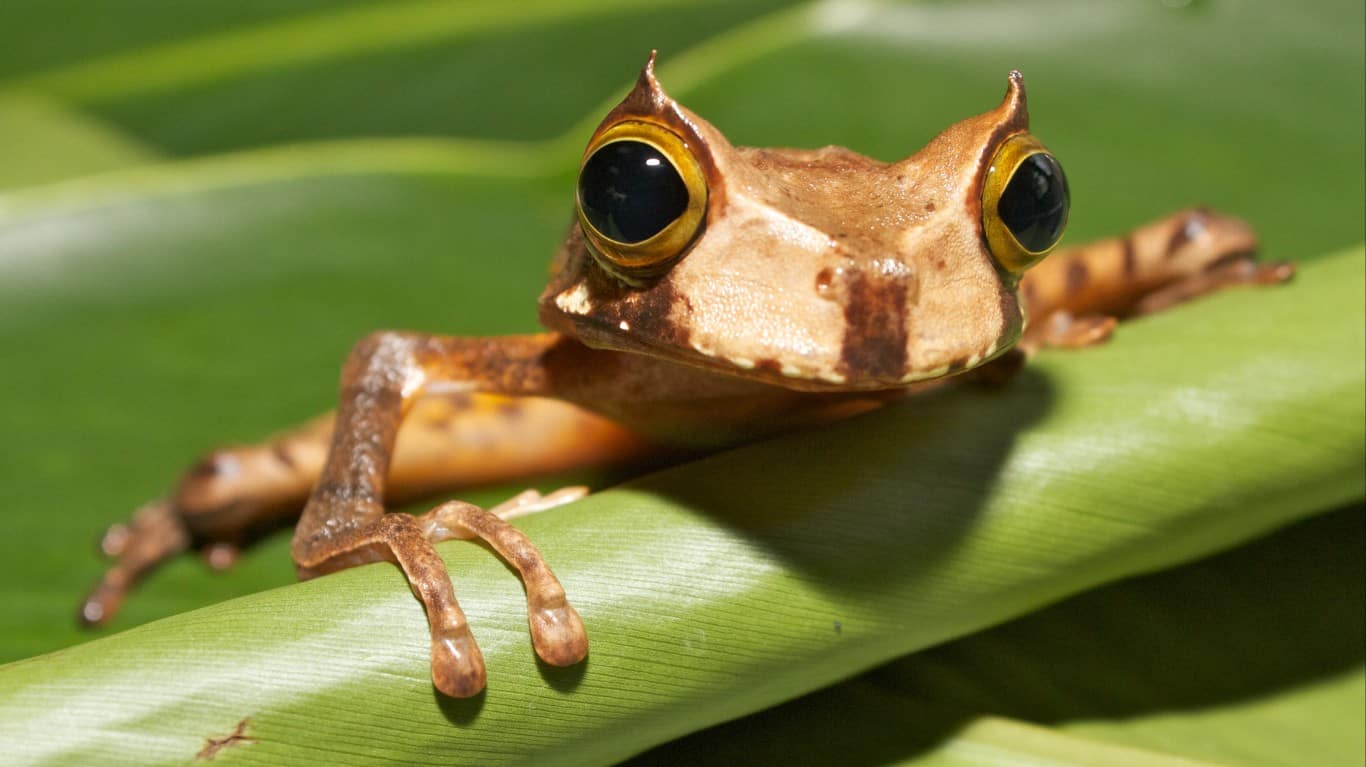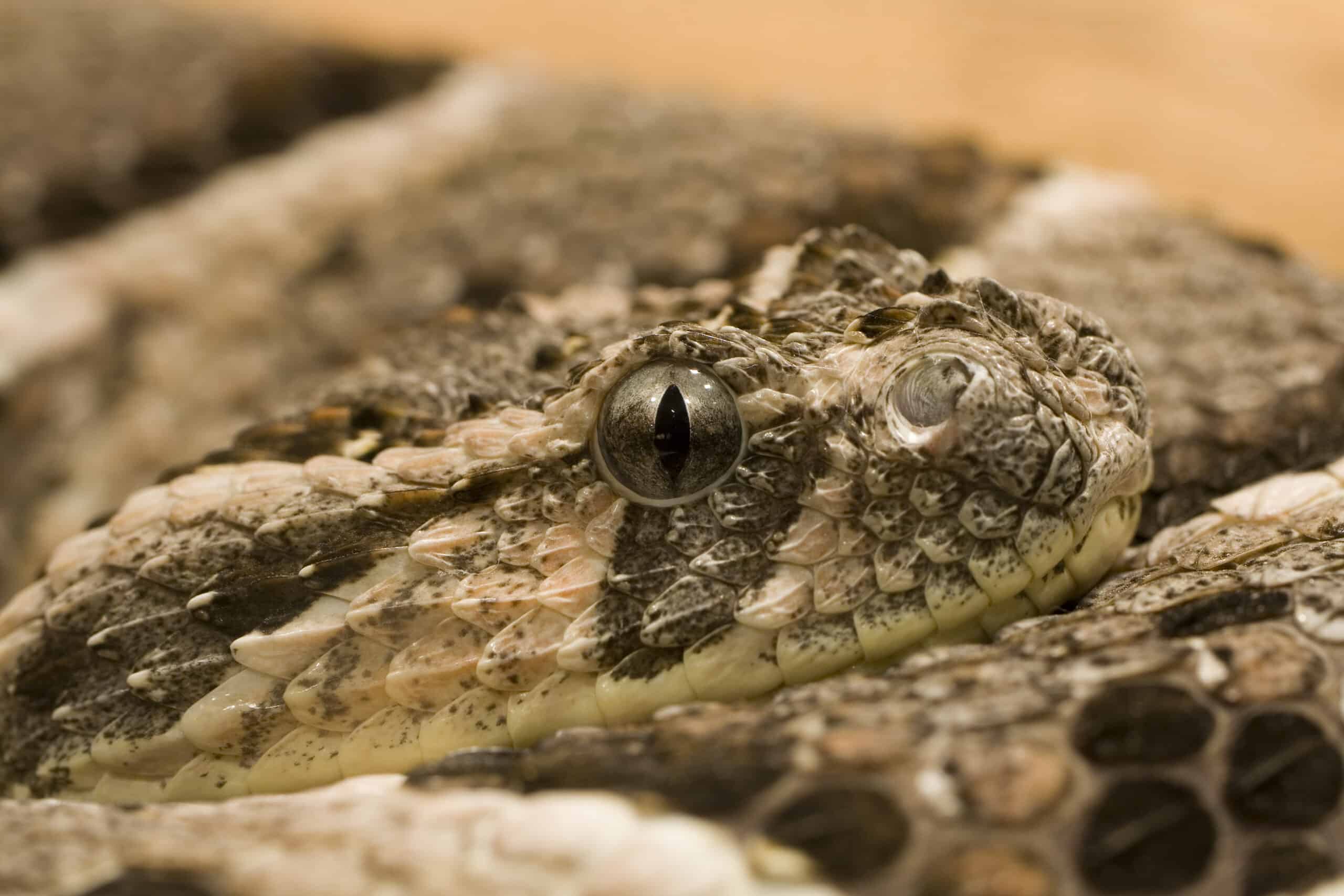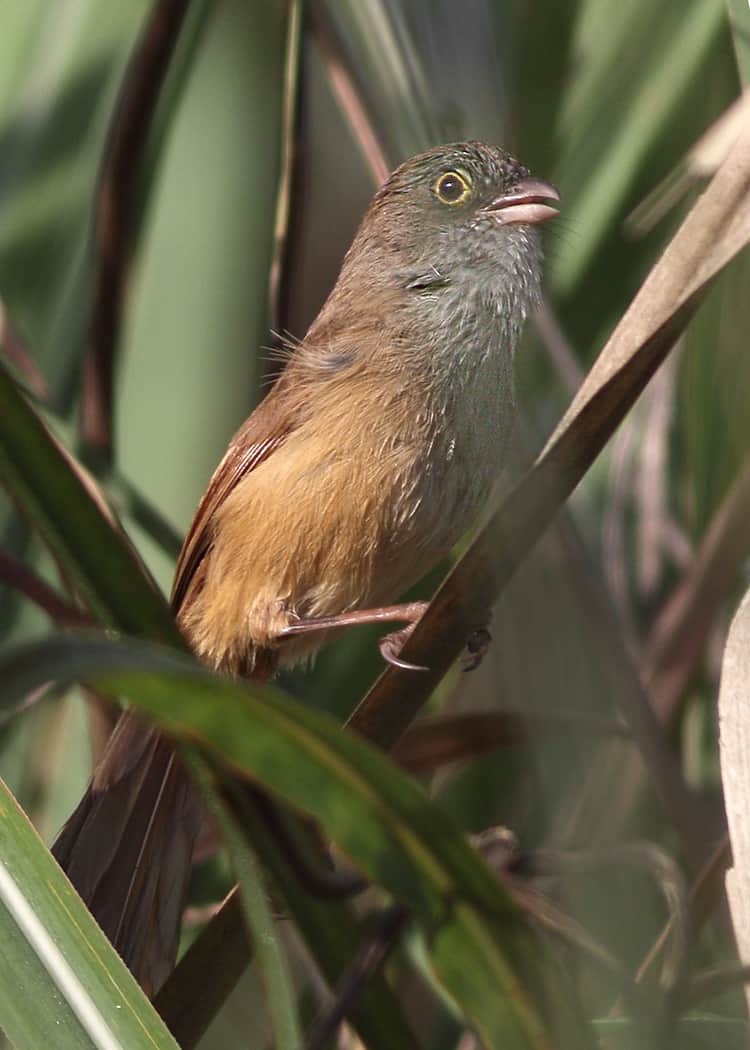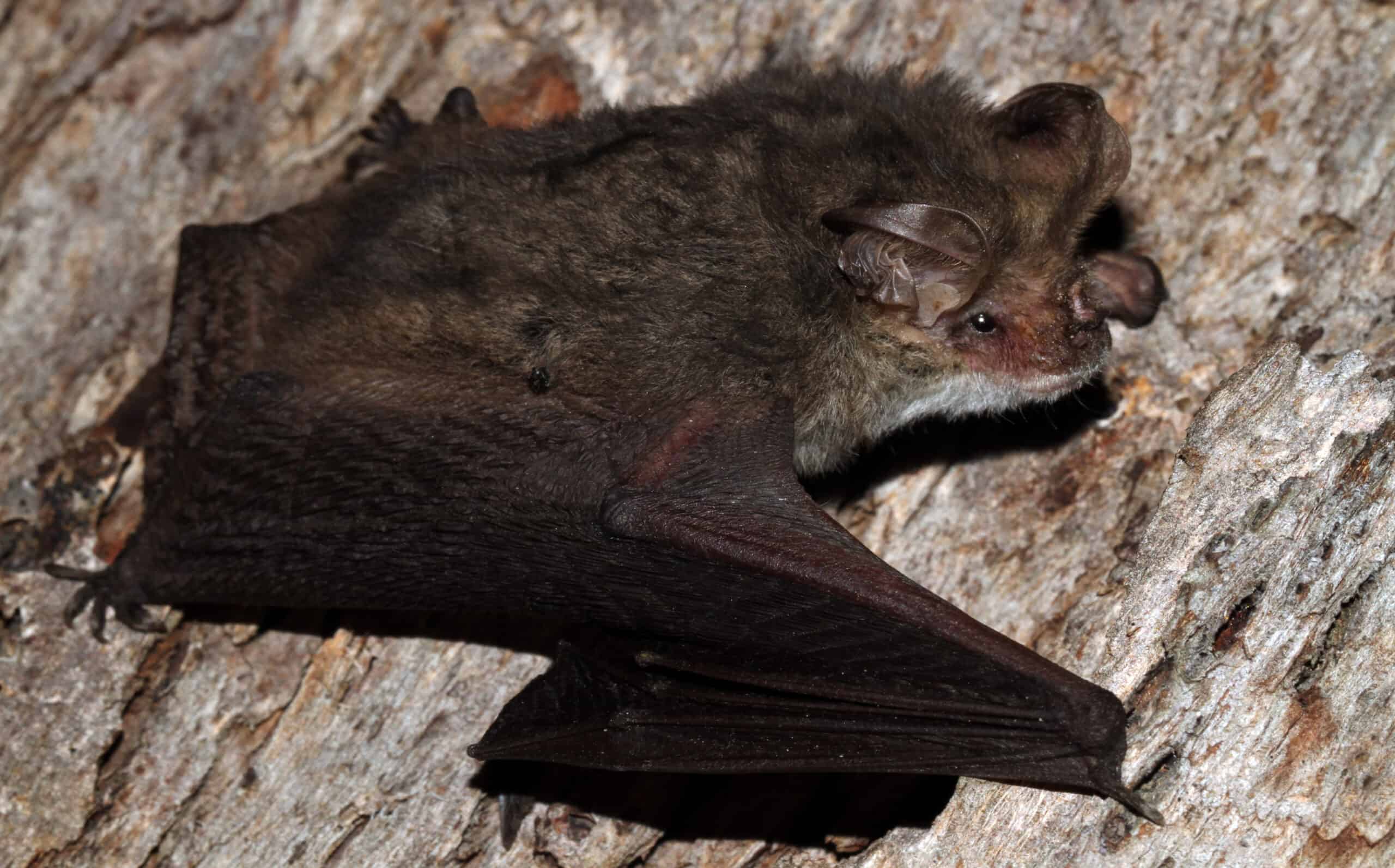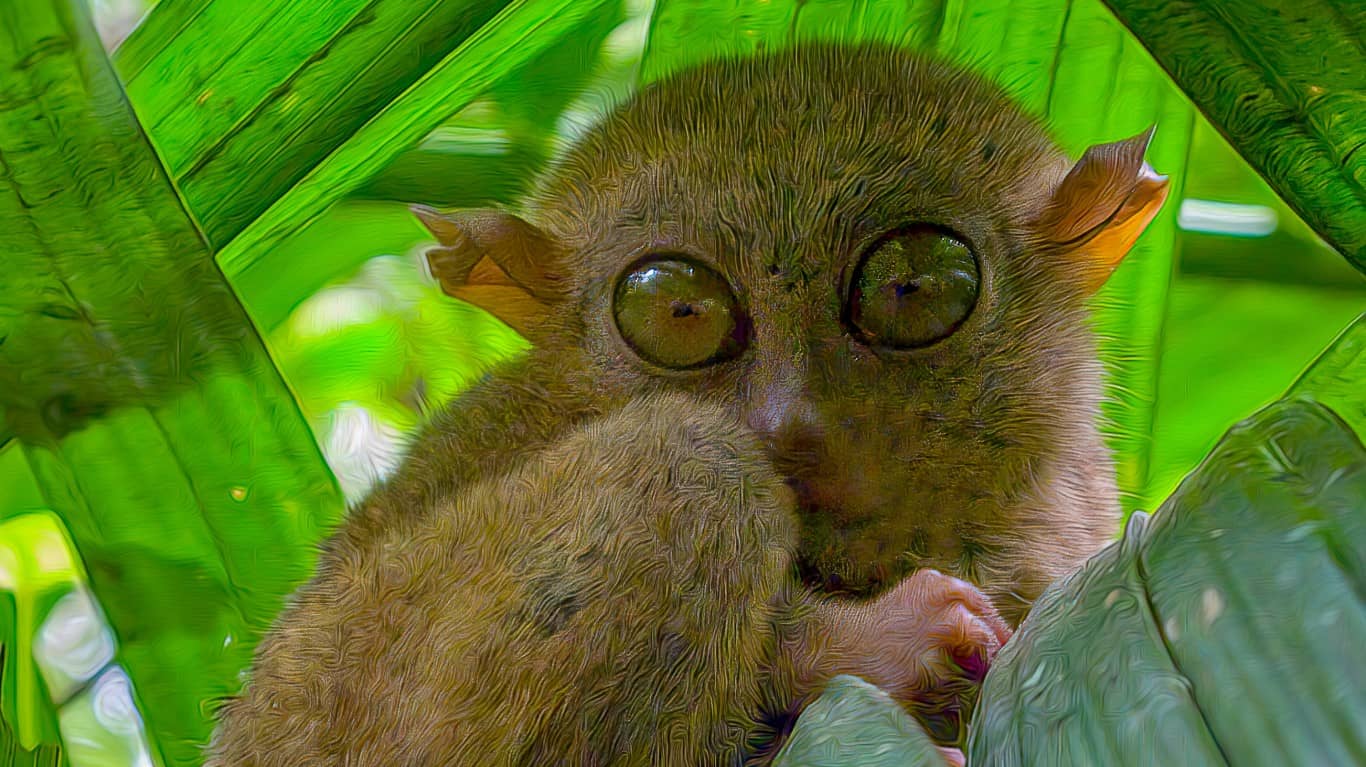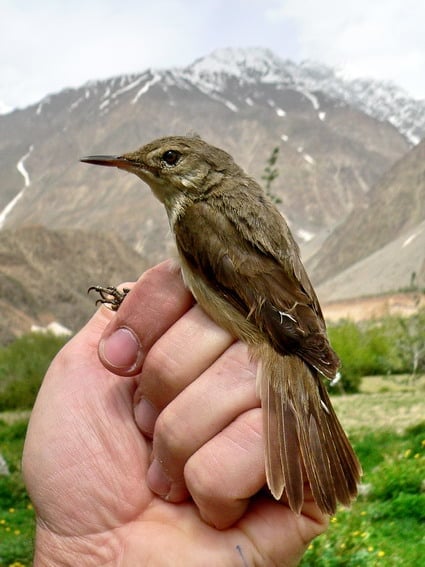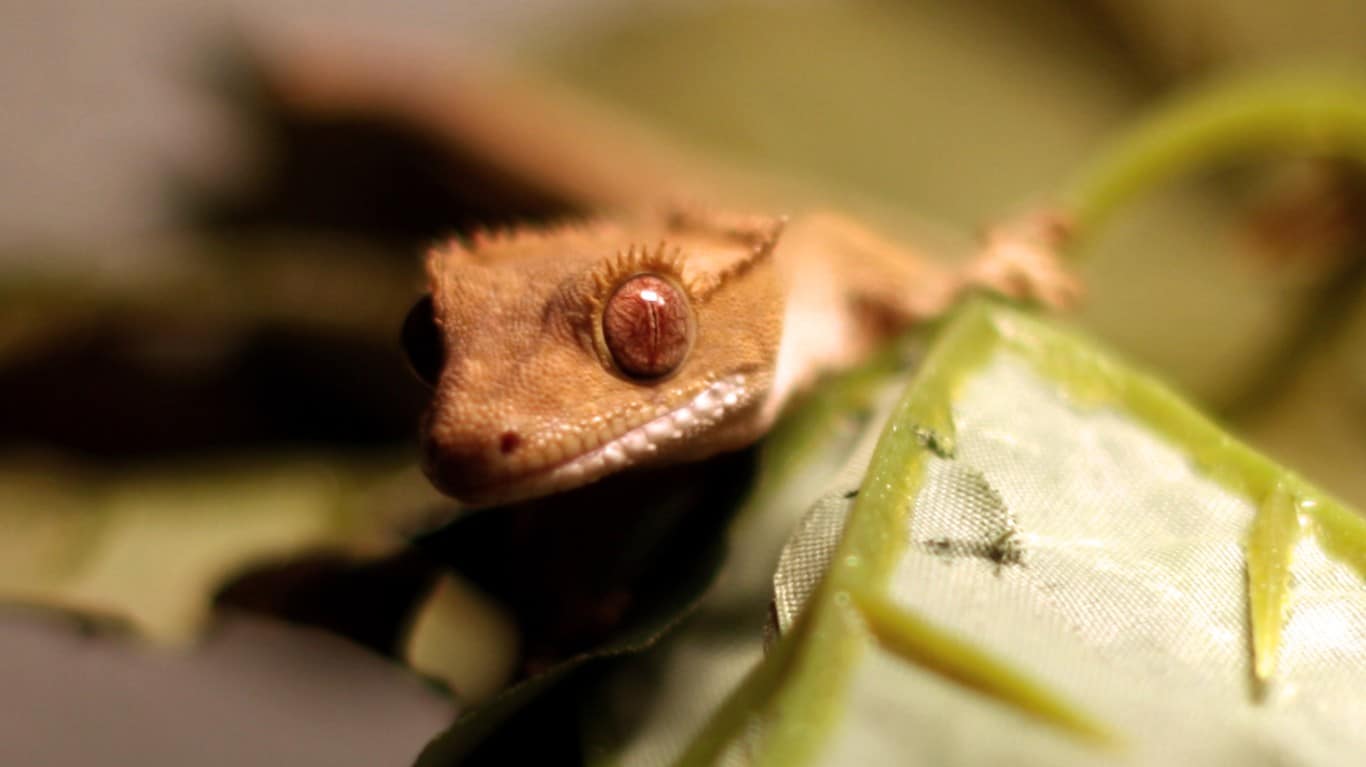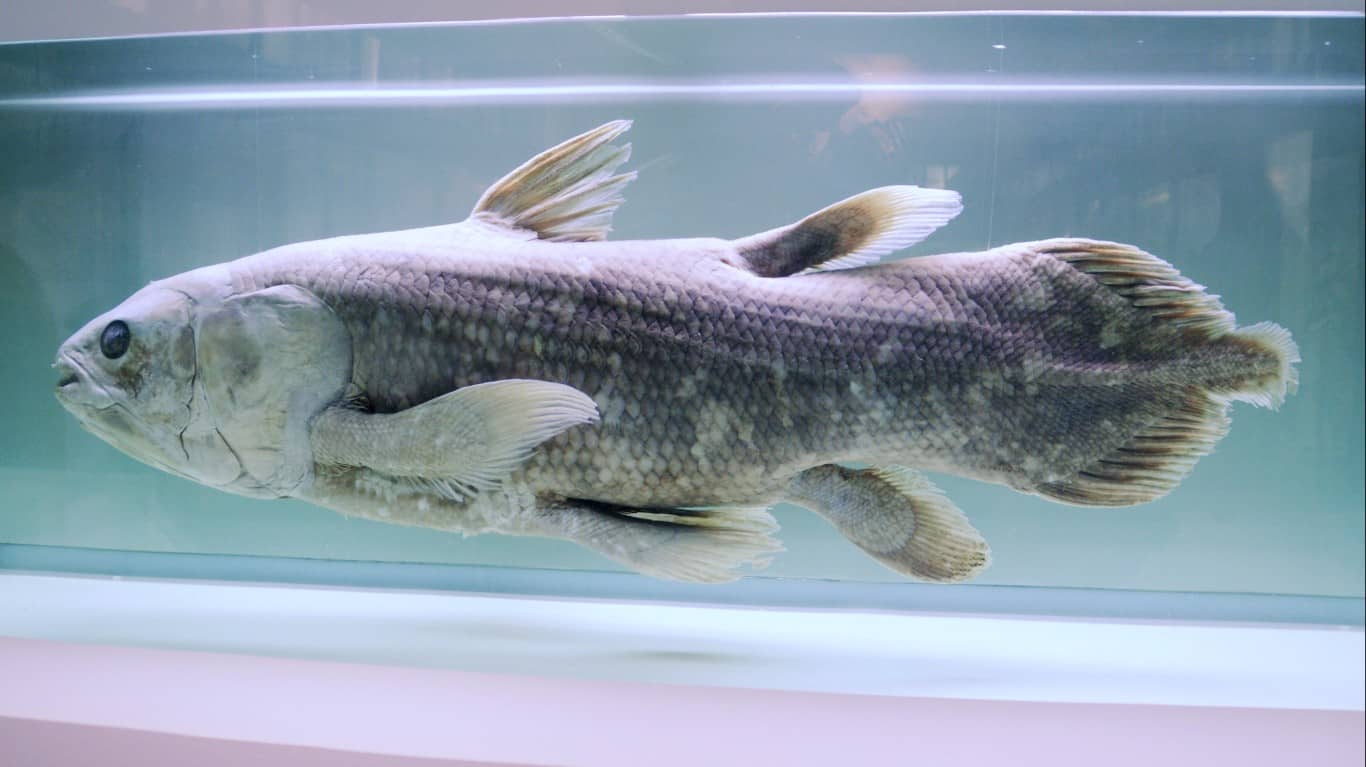Earth’s living species are currently going extinct at a rate hundreds of times higher than the natural baseline rate, largely due to human activities. Scientists have counted about 881 animal species that have gone extinct since 1500. That number rises to 1,473 when animals that scientists suspect are extinct are added to the list.
Some animals, however, appear to go extinct, only to resurface years later. To determine 17 animals that were thought to be extinct but have been rediscovered, 24/7 Tempo referred to sources including National Geographic, World Atlas, and Scientific American.
These animals are known as Lazarus species. Many have gone unseen for decades before turning up at meat markets or being found by field researchers who were not even looking for them. In some cases these animals were known to locals but had yet to be documented by scientists. Others, like the coelacanth, an ancient fish that can grow to be six feet long, had only ever been found in fossil records and were presumed to have been extinct for millions of years before they were discovered in the flesh.
Despite these creatures being found alive, many of them are endangered and living in shrinking or threatened habitats. Conservation efforts are underway for the most vulnerable of these animals, especially those that are only found in a single, isolated geographic location. These include the Cuban solenodon, a rodent with poisonous venom, and the Fernandina giant tortoise, which can live to be over 100. (These are the 50 longest-living animals in the world.)
Fernandina Giant Tortoise

- Rediscovered in: 2019
- Where: Fernandina Island, Galapagos Island
Native to Fernandina, the westernmost Galapagos Island, this tortoise was only known to the scientific community from a single museum specimen collected in 1906. As no other living Fernandina tortoises were seen on the island for over a century, scientists assumed they were extinct. However, in 2019, conservationists found another. She is believed to be over 100 years old, and tracks found near where she was seen suggest that there are more of her kind.
Horned Marsupial Frog
- Rediscovered in: 2018
- Where: Chocó Rainforest
Endemic to the bromeliad-covered old growth canopies of the central and northern South American rainforests, this nocturnal frog was unseen for over a decade and is believed to no longer inhabit its native range in Costa Rica and Panama. In 2018, biologists exploring the Chocó Rainforest in Ecuador heard a frog call they didn’t recognize and found a horned marsupial frog, the first one seen in Ecuador since 2005.
Albany Adder Snake
- Rediscovered in: 2016-2017
- Where: Cape Province, South Africa
The Albany adder snake, a rare dwarf viper first documented in South Africa in 1937, was believed extinct after disappearing for over a decade. These small snakes have an intricate scale pattern and pointy, horned eyebrows. During a research expedition in 2016 and 2017, scientists turned over rocks and scoured the desert, and in the end laid eyes on four live examples of the species.
Myanmar Jerdon’s Babbler
- Rediscovered in: 2014
- Where: Burma
The Myanmar Jerdon’s babbler, a small brown bird about the size of a sparrow, was initially described by Thomas Jerdon in 1862 and was last sighted in Myanmar (then called Burma) in 1941. Believed to be extinct, it was rediscovered in 2014 when conservationists heard its call. They were able to catch a glimpse of the bird, and over the next few days found several more adult birds in the area.
New Guinea Big-Eared Bat
- Rediscovered in: 2012
- Where: New Guinea
In 2012, Australian scientists studying habitat loss in microbats in Papua New Guinea caught a bat they didn’t recognize. The specimen they collected remained unidentified for two years until a museum researcher pored through old scientific records and realized it was the New Guinea big-eared bat, which hadn’t been seen since 1890.
Black Kokanee
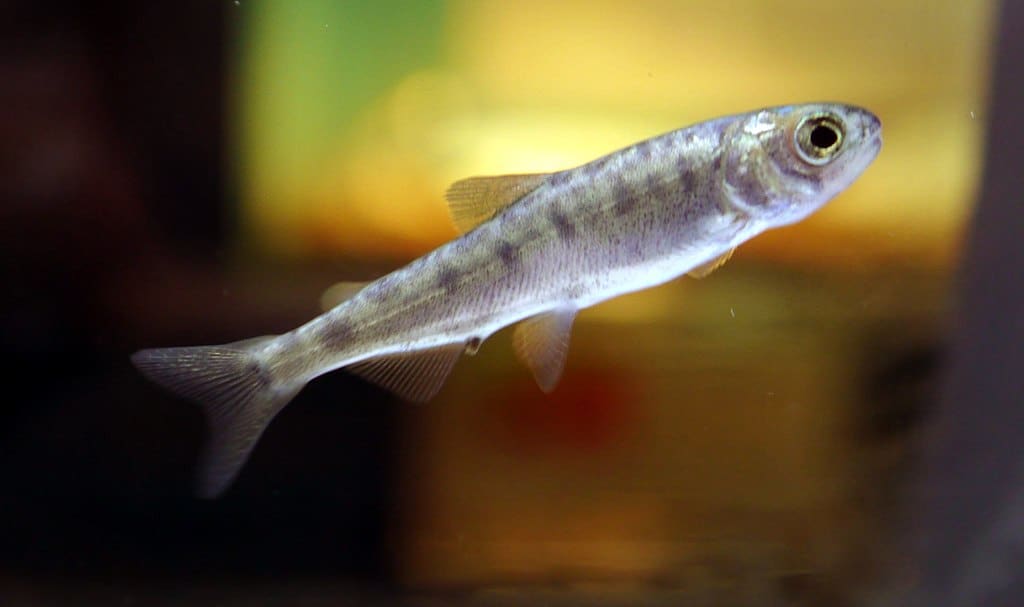
- Rediscovered in: 2010
- Where: Lake Saiko, Japan
The black kokanee, a landlocked sockeye salmon species, was endemic to Lake Tazawa on the Japanese Island of Honshu. In 1940, a hydroelectric dam project led to the eventual deaths of all the kokanee in the lake. Prior to the project, over 100,000 kokanee eggs were transferred to Lake Saiko in an attempt to save the species. The attempt was assumed unsuccessful, however, until a local fisherman found a peculiar fish in Lake Saiko in 2010 that was later identified as a black kokanee.
Arakan Forest Turtle
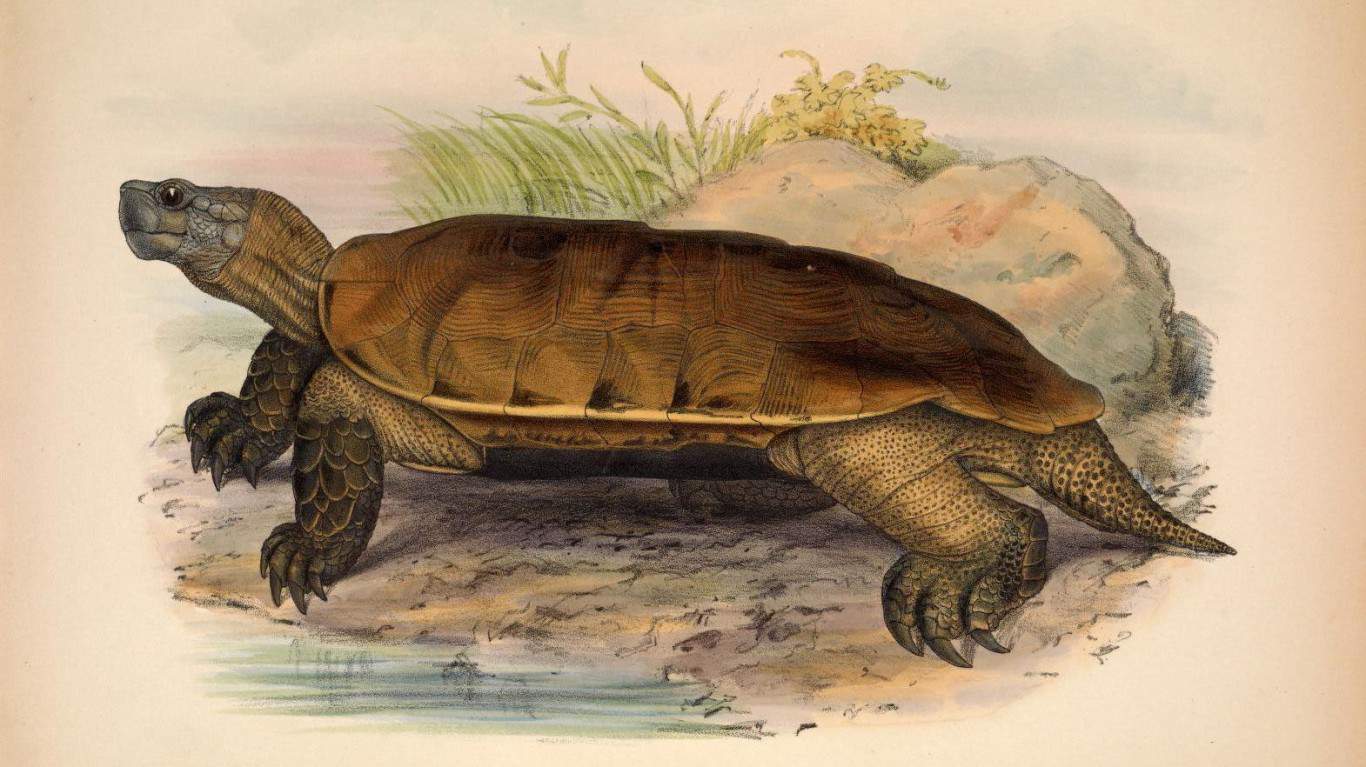
- Rediscovered in: 2009
- Where: Rakhine Yoma Elephant Range, Myanmar
The Arakan Forest Turtle, believed extinct since 1908, turned up in a Chinese food market in 1994, where vendors touted its medicinal benefits. In 2009, a research team discovered the turtles in a protected area in Myanmar. It has recently also been sighted in Bangladesh, and though it is considered critically endangered, conservation efforts are underway.
Kashmir Musk Deer
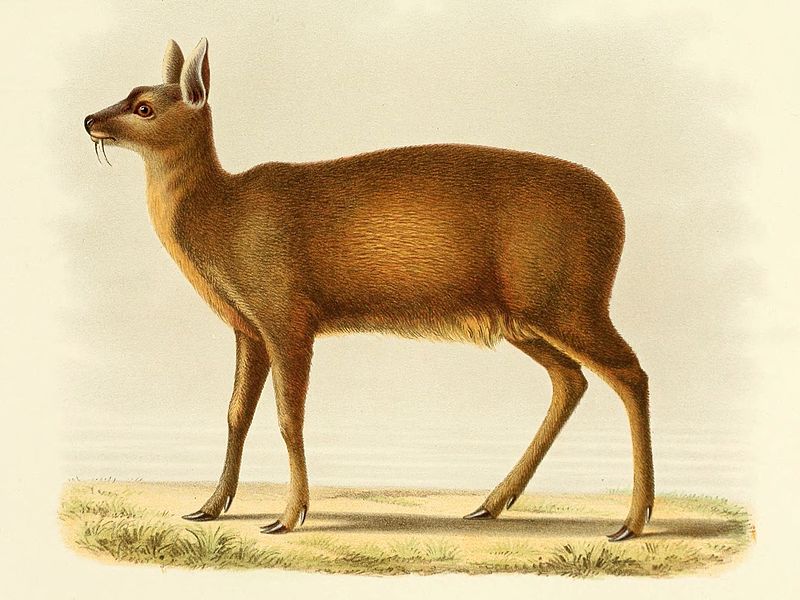
- Rediscovered in: 2009
- Where: Nuristan, Afghanistan
The Kashmir Musk Deer, native to Pakistan, India, and Afghanistan, is a small deer, standing about two feet high and weighing about 30 pounds, with large fangs that protrude down from its upper jaw. It hadn’t been seen since 1948 until a Wildlife Conservation Society survey in 2009 revealed the deer to be alive and well in Nuristan, Afghanistan.
Pygmy Tarsier
- Rediscovered in: 2008
- Where: Lore-Lindu National Park, Indonesia
This pint-sized nocturnal primate has huge eyes, spindly fingers, and weighs about two ounces. Native to Sulawesi, Indonesia, the pygmy tarsier was last seen by scientists in 1921. However, Indonesian scientists killed one in 2000 while trapping rats. Then in 2008, researchers found the first living pygmy tarsiers in over 80 years in Lore-Lindu National Park.
Jerdon’s Tree Frog

- Rediscovered in: 2007
- Where: Northeastern rainforests of India
Jerdon’s Tree Frog, a unique 20-inch-long species, was first documented in Darjeeling in the 1870s but was never seen again. During a three-year expedition in northeastern India starting in 2007, a team of scientists heard a chorus of frog calls and investigated, discovering the trees to be filled with the elusive amphibians.
Pinocchio Lizard
- Rediscovered in: 2007
- Where: Ecuador
Also known as the horned anole, the Pinocchio lizard was discovered in Ecuador in 1953, but seemingly vanished post-discovery. However, after birdwatchers reported a sighting in 2005, scientists rediscovered the horned anole in 2007. Now classified as endangered, it is known for its distinctive flexible nose-like protrusion and adept camouflage skills.
Large-Billed Reed-Warbler
- Rediscovered in: 2006
- Where: Thailand
The large-billed reed-warbler was known from a single specimen collected in 1867. It was thought to be extinct until an ornithologist rediscovered it in the wild in Thailand in 2006. The bird was subsequently found to have been misidentified in multiple museum collections as Blyth’s Reed Warbler. Genetic analysis of those specimens has helped to determine the breeding range of this rare bird.
Laotian Rock Rat
- Rediscovered in: 2005
- Where: Laos
This rodent, with a rat-like face and a tail that resembles a squirrel’s, was found by scientists at a Laotian meat market in 1996. In 2005, researchers finally got their hands on a live specimen and classified the new discovery into its own family. Then in 2006, scientists realized the rodent was actually one found in fossil records that was believed to have gone extinct over 11 million years ago.
Giant Palouse Earthworm
- Rediscovered in: 2005
- Where: Palouse Prairie, Washington and Idaho
Native to an ever-shrinking prairie region, the giant Palouse earthworm grows to about eight inches and can burrow 15 feet deep. First documented in 1897, the worm was believed to have gone extinct by the 1980s. However, a research student found what appeared to be a giant Palouse earthworm in 2005, and scientists have subsequently found a few more specimens confirming the worm’s existence.
Cuban Solenodon
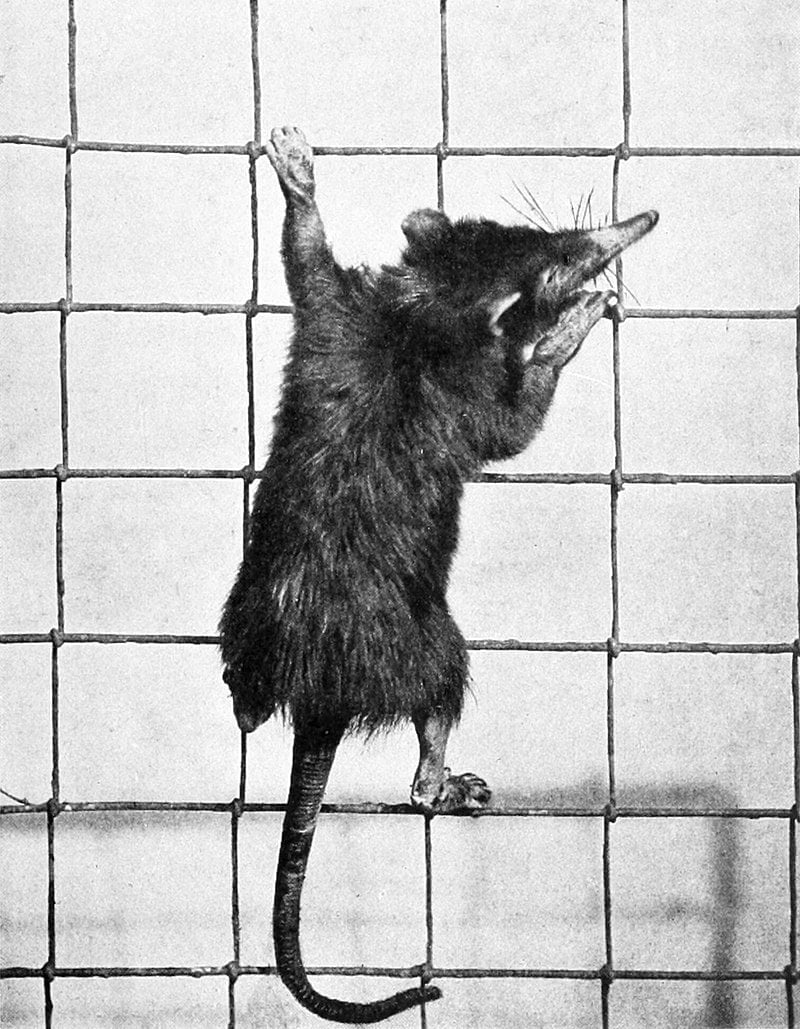
- Rediscovered in: 2003
- Where: Cuba
Endemic to Cuba, this rare shrew-like insectivore with venomous saliva was discovered in 1861, then seemingly vanished in 1890. A few solenodons were captured in 1974 and 1975, with sightings few and far between since then. In 2003, scientists were finally able to capture seven live solenodons and study them for a few days before releasing them back into the wild.
New Caledonian Crested Gecko
- Rediscovered in: 1994
- Where: South Province, New Caledonia
Native to the New Caledonia Islands east of Australia, this crested gecko was thought to be extinct since the late 19th century. A herpetologist rediscovered the lizards crawling in trees in 1994 after a tropical storm. They are now bred as common house pets, although they are still endangered in the wild.
Coelacanth
- Rediscovered in: 1938
- Where: South Africa, Indonesia
First appearing in fossil records, this ancient five-foot-long fish was thought to have gone extinct 66 million years ago. In 1938, however, a coelacanth was caught off South Africa’s coast. Subsequent discoveries have revealed that there are two distinct species, one South African and one Indonesian. New research shows they live about a century and don’t reach sexual maturity until age 55.

